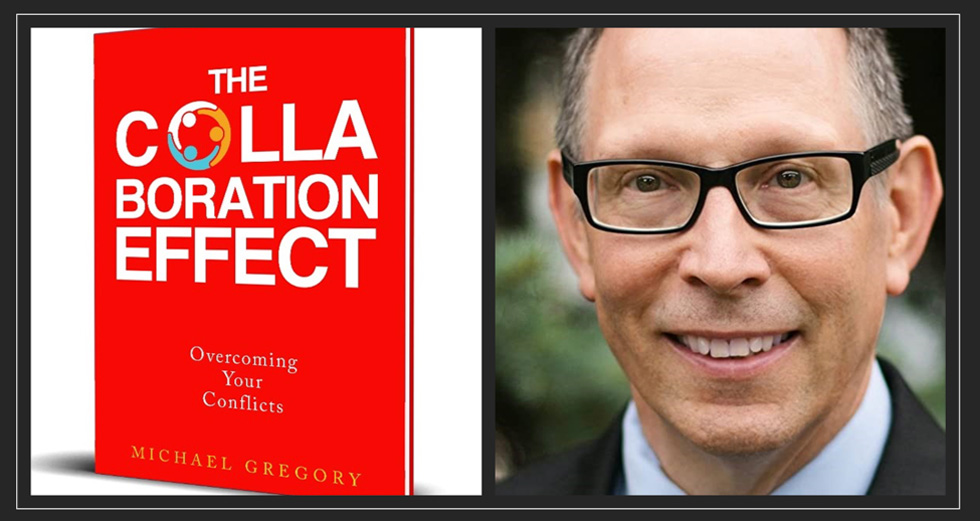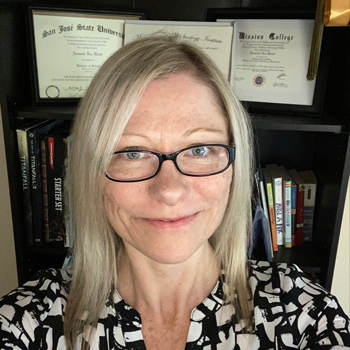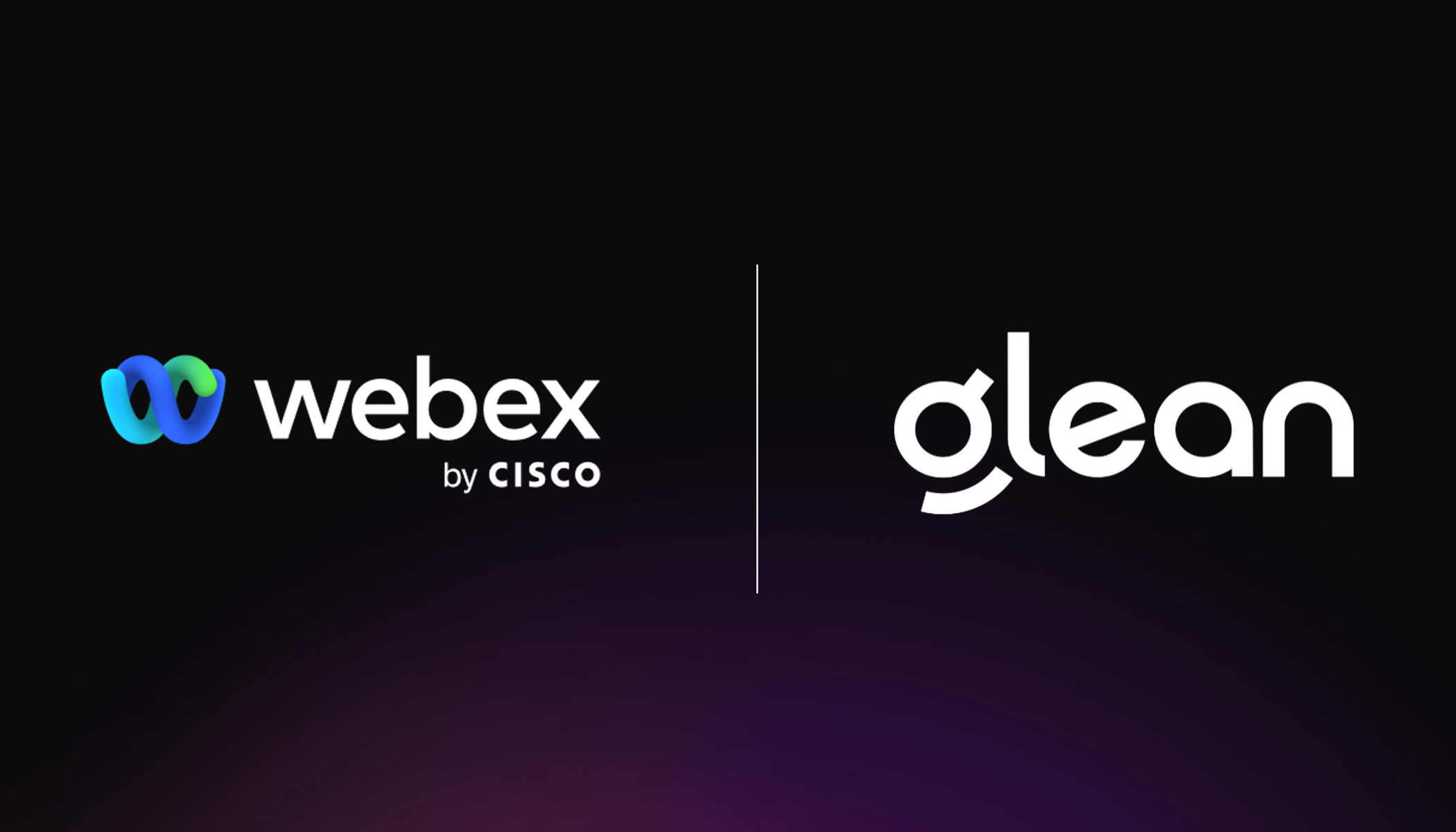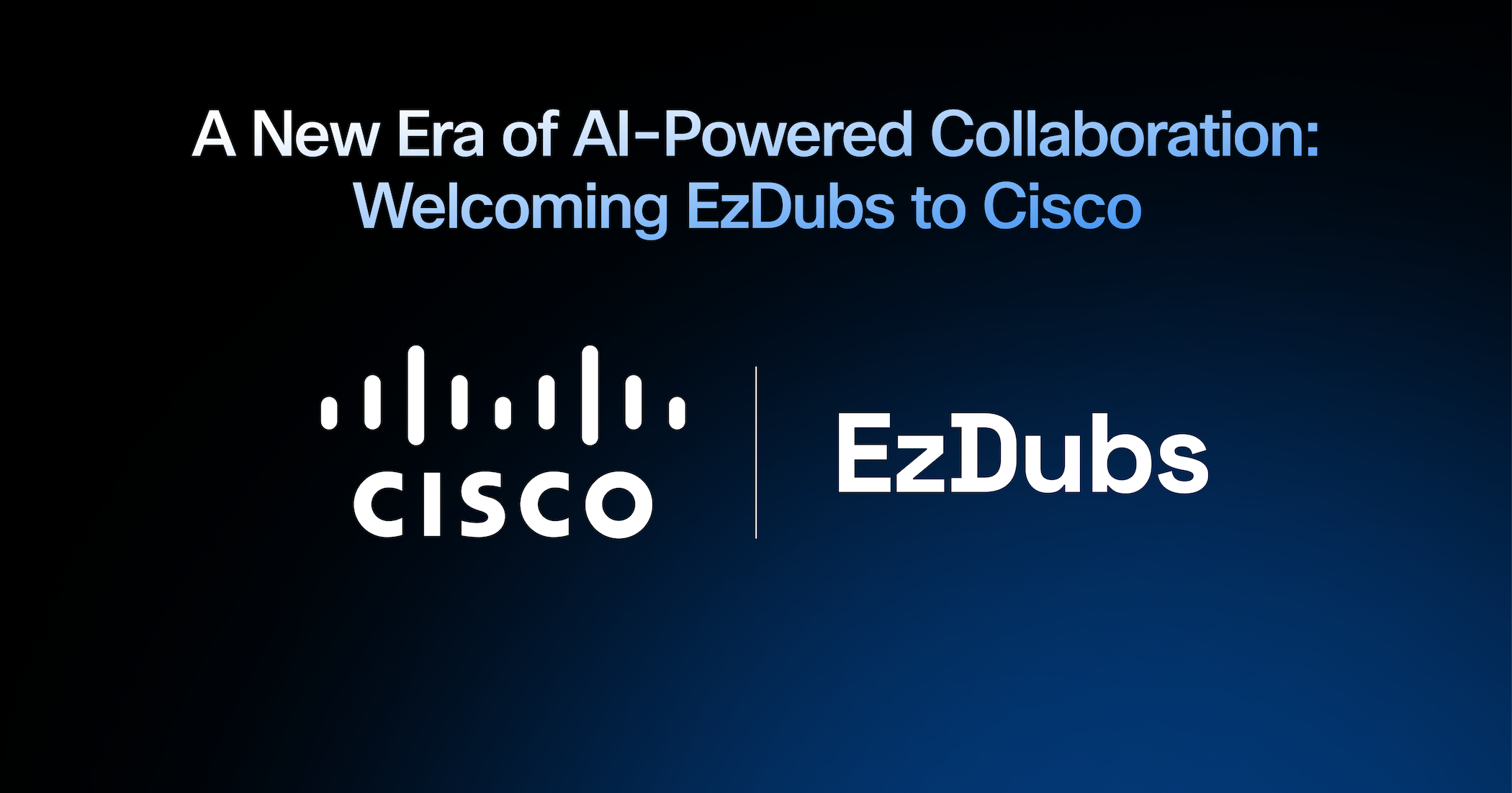When it comes to conflict, we often default to the cliches of letting bygones be bygones and burying the hatchet. But, according to conflict resolution expert Michael Gregory, there’s often a better option: a win-win reconciliation for both parties. This is the collaboration conflict style. What’s the secret to success? Collaboration, especially when it may feel like the last thing you want to do.
The Collaboration Effect
The Collaboration Effect, Gregory’s book on the collaboration conflict style, explores how we can overcome conflict by working collaboratively. Fusing decades of experience with modern neuroscience research, Gregory speaks to what he sees as the three core elements of harnessing the power of collaboration in conflict resolution:
- Forming connective relationships
- Listening actively
- Educating judiciously
Today, Gregory helps equip leaders with the tools they need to navigate difficult situations and collaborate more effectively. He took some time out of his private consulting practice to discuss his work and the myriad intersections between workplace collaboration and conflict resolution.
Amanda Holst: Thank you for taking some time for us here, Michael. To set the stage, can you tell our audience about some of the common types of workplace conflict?
Michael Gregory: There are many types, but I think of conflict initially as an organizational chart; it can be up with my boss or down with subordinates. It can be lateral with peers. It can be with vendors, other stakeholders, shareholders — all sorts of different individuals internal and external to the organization. Any of these have the potential for a conflict in what we want to do. My focus is on the human element related to the conflict. I look at processes and what we can do to eliminate or reduce the elements and techniques in the model.
An example is ‘fitness for use’ for the customer. And how often do we maybe lose our focus on fitness for the customer? How might conflict either give rise to or be exacerbated by this lack of focus? Other issues might be business results, profitability, expediency, and many other things, but so much of this is system-oriented or human-oriented. I focus primarily on the human element, but both are significant.
AH: What do you think are some ways that conflict in the workplace negatively impacts collaboration? Are there any types of conflicts that have more detriment to a team’s collaboration than others?
MG: Well, if you look at a team, and you think about conflicts on the team, and then you think about how according to some research the average employee spends about 2.8 hours per week on issues related to conflict (I’ll call it waste of time on conflict), it’s easy to see how the physical and mental challenges of unresolved conflict impacts the employee and their productivity.
It takes up all types of resources that could be better spent elsewhere, and it can negatively impact relationships, which naturally means it can negatively impact results. So, you want to resolve (not bury) these conflicts within the workplace while simultaneously promoting team building and collaboration. You want to encourage understanding and advance relationship-building where it feels lacking. The keys to this, as I outline in the book, are connecting relationships, listening actively (which frankly most of us are not very good at), and then educating judiciously — which means education in the way the employee prefers. It’s all easier said than done, but by incorporating this process into the mix we are building bridges toward negotiating closure.
You’ve been on teams when things work. It could be at work. It could be a fun activity for folks with whom you’re doing something. It could be a sporting activity. It could be all sorts of different things when everything’s jelling. In those times we all know what everybody’s role is, and we know what we’re doing. We’re excited about it. It’s fun. There’s a kind of joy that arises from that type of effective team collaboration.
And now think about the opposite, which you’ve also likely experienced. An environment where it feels easy to complain about things, or where you generally feel unhappy and confused and definitely not in sync with those around you. Questions may arise such as “Why am I getting dumped on?” or “Why aren’t they doing what I’ve asked them to do?”
And then there’s another issue, which is that maybe people did what you asked them to do but it still isn’t right because what you asked them to do wasn’t really what you wanted. It can be easy to point the finger, but a big lesson for me as a manager was when I shifted to reflecting on my own performance: maybe I wasn’t clear, or I communicated what I wanted before I had really understood what I wanted. Or maybe I didn’t delegate properly. All of these are worth reflecting on, because they can all cause conflict to arise within ourselves and across our teams.
So, there are things we can do. But we often just brush them off or we think others will somehow just understand, or we think we alone know the answer. So much of conflict resolution in this regard is about those three elements of connecting, listening and educating.
AH: What is the first thing leaders should do to leverage collaboration in conflict? How can they maybe dismantle old habits so they can embrace this collaboration conflict style?
MG: When there is a conflict, we first need to address it. Frequently organizations just ignore it. They think maybe it’ll go away and that hopefully they won’t have to worry about it. From a leadership perspective, this approach sets a tone that says unresolved conflict is okay here.
You’re sending negative signals by not taking action if there appears to be a conflict. As a manager, you must let your staff know if you have a potential issue. The relationship should be built on trust, so that it flows both ways.
In my experience, in 90% of the cases there are miscommunications that either caused or are fueling the conflict. So if I can talk to the two different parties, if I can get the two different parties to listen to each other without judgment, we can nearly always make progress. It could be on a Webex call like this. It could be going for a cup of coffee, going for a walk together… just creating some space where both parties feel safe and heard when they express what they are thinking.
Based on some research, 7% of the attitude is associated with the words. So, when we send a text or something like that, that’s all we have — 7% of the attitude being translated. When we pick up the phone and call somebody, now, we have the tone of voice, and we pick up about 38% of the attitude from the tone of voice. 55% of the attitude comes from our facial expressions and body language.
This makes it clear that for the collaboration conflict management style, the best communication takes place when we can be face to face. The 2nd best is video conferencing. The 3rd best is picking up the phone.
One place where I worked had a policy stating that if I send you an email and you send me back an email, that’s one iteration. If I send you an email and you send me an email back, that’s two iterations. If we have not resolved the conflict after two iterations of email, you have to either pick up the phone and call them or go into their office and talk with them because we’re wasting too much time on our text-based miscommunication with each other.
AH: What skills are necessary to improve collaboration when there is a conflict?
MG: I think the number one skill is the process of properly identifying the problem. Do we have the right problem? What is the problem? Then as we go through this, you’d have to layer in the other elements—for example, the appropriate attitude. What is the state of our attitude? Of my readiness to judge? By understanding those we can calm ourselves down and bring an open mind into the conflict.
We must strive to step into the conflict not with a “What did you do wrong” but with a “Can you tell me what happened in this particular situation?”
In my experience, it’s also helpful to have an “I’m not going to provide a solution” attitude. Remember, this is about collaboration. Instead, focus on active listening. Active listening means paraphrasing back to the other what you heard so as to ensure alignment. Ask open-ended questions. Sympathize. Suspend judgment. Empathize. Do not provide solutions. When a person has been listened to they are more likely to listen to you. Listen to them first. All of these are possible, but only when we’ve understood our own attitude and stepped into the conflict with our best intention. Be there to help.
AH: Can you elaborate more on which specific steps a person needs to have to collaborate more effectively when there is a conflict?
MG: For sure. I elaborate on a few of these in my book. Let’s say you’ve never met a person before and you’re about to have an interaction. What should you do before you even pick up the phone or send an email? Research this person. Use multiple sources. Learn about them on LinkedIn. See where they’re from, if anybody you know knows them or has worked with them. Are they a coffee person? A morning person? Did they go to the same college as you? Try to find some points of connection.
From there it comes back to intention and mindfulness, some way to center yourself before connecting with them. I’ll note that mindfulness is a practice, one I think we should have even when we aren’t directly trying to resolve a conflict. I recommend spending at least 10 minutes a day, preferably twice a day, to build this skill with meditation, prayer, reflection or yoga.
This practice helps when your nervous system kicks in with what has been referred to as the amygdala hijack, the fight-or-flight response that occurs when you are faced with a perceived threat. Some research shows that you have 6 to 10 seconds to stop the emotional reaction from flooding you with chemicals and hormones which can stay with us for up to 22 hours or until we have appropriate sleep. Through mindfulness, we can intentionally flood ourselves with awareness to get in front of that trigger in 6 to 10 seconds to stay calm, competent, and confident.
Though I’m not a neuroscientist, I’ve learned quite a bit by working with neuroscientists for nine years. Their insights inform a good portion of The Collaboration Effect. For more science-based insights around mindfulness and other topics, I recommend checking out The Greater Good Science Center at the University of California, Berkeley. They have a ton of great free resources. I also recommend The Brain-Friendly Workplace, a book by Dr. Erika Garms.
AH: I’d like to circle back to communication. What is one insight you’d like leaders to take away from your work?
MG: Consider this: 90% of managers think they communicate effectively, but about 30% of their employees feel the same. Imagine all the conflict tied up in this disconnect. I advise leaders in all industries to consistently work on improving their communication skills, which includes listening.
Does your team feel that you are a good communicator? Have you asked them, via survey or otherwise? Do they have a sense of your values? Do they feel heard and respected? How do you know?
When we start to ask these questions and pursue the answers, we can get on the path to improving how we communicate and we can enhance collaboration going forward.
AH: Our primary guiding mission at Cisco is to power an inclusion future. How does inclusivity factor into the collaboration conflict style?
MG: When you say inclusivity, I think of diversity, equity, and inclusion. I’ve been brought in to facilitate and enhance in this area. I have a real passion relative to this topic. Leaders must always practice empathy and recognize not only how they feel in a room, but what it might feel like for others. Who is omitted? What does it feel like to be omitted?
In my experience, the best leaders are far more likely to ask “What do you think?” rather than “here’s what we’re doing.” And the ask is genuine; it’s about pulling in a variety of voices — including those who for various reasons may often be excluded. Make sure everyone is heard.
At the executive level, it’s also about taking meaningful action out in the world and based on the answers to that question. Leaders build trust not only by holding certain values but by walking the walk, by embodying and exhibiting them.
One helpful frame for thinking about this type of collaborative leadership is the four E’s: Equality, Equity, Empathy, and Educate.
Lastly, and to bring this back to effective and inclusive team collaboration, I’m often asked by leaders, “How can we work more collaboratively in teams?” The answer, as I see it, is for leaders of all types to recognize and reward teams. Too often we credit and highlight the individuals, but usually those individuals excel because of the team around them. I encourage leaders to ask themselves: Could I be doing a better job of appreciating, recognizing, praising and rewarding teams? Doing so may allow you to create a ripple effect that improves collaboration throughout the organization.
Final thoughts from Michael Gregory
Collaboration, at the most basic level, is about two or more people trying to accomplish a common goal. By developing authentic, bonding, connecting relationships, listening actively to others, and educating judiciously the way they want to be educated — you will be able to build bridges rather than bury. You’ll be on a path to discovering true and mutually beneficial closure. Just remember that collaboration is the key, even when it may not feel like it. Good luck and have fun!
***
Related reading about collaboration





